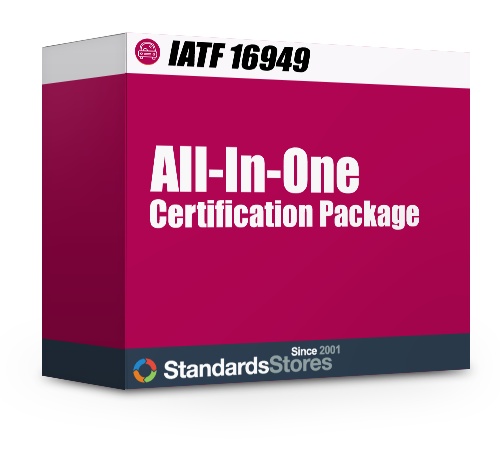Planning for the IATF 16949 Quality Management System
- Adding risk-based thinking and management to planning
- establishing quality objectives and how they will be achieved
- Planning actions when changes to the QMS are made
- Updating the QMS based on measuring ongoing effectiveness and any newly discovered risks or opportunities
Section 6 Planning
Section 6.1: Actions to Address Risks and Opportunities
Section 6.1 comes from ISO 9001, this section was updated in 2015, and emphasizes planning as a key dictate in achieving and maintaining registration.
Planning now embraces the risk and opportunity management concept, because of the need to include the influence of the wider elements of the organization. This is to be implemented as a key activity in order to achieve quality goals on a continual basis, which includes the evaluation of the risk management process and a priority of when, how and where and to what level it should be applied.
6.1.2.1 Risk Analysis
The organization must include in its risk analysis, at a minimum, lessons learned from product recalls, audits, returns and repairs, complaints, scrap and rework. Organizations are required to retain documented information of risk analysis.
6.1.2.2 Preventive Action
The organization is required to determine and implement any action to eliminate the causes of potential nonconformities in order to prevent their occurrence. Preventative actions must be suitable to the potential issues.
Section 6.2: Quality Objectives and Planning to Achieve Them
This subsection builds upon an accurate definition and plan to achieve specific quality objectives including:
- Being directly driven by the quality policy itself
- More accurate measuring, monitoring and updating
- Being applied to ensure product and service consistency and customer satisfaction
- Having a sufficiently wide scope to ensure quality performance success
- Specific quality objective documentation
The ISO 9001 standard requires taking the general concepts of planning into operations by defining the needs associated with service or product provision, creating supportive processes, and understanding customer acceptance criteria and the needed assets to ensure compliance with quality standards.
6.2.2.1 Quality objectives and planning to achieve them-supplemental
Top management is required to ensure that quality objectives meet customer requirements as defined, established and maintained for relevant functions, processes and levels throughout the organization. When the organization establishes its annual quality objectives and performance targets they must consider the results of the organization’s review regarding interested parties and their relevant requirements.
Section 6.3: Planning of Changes
When changes to the organization’s QMS are necessary, they must be carried out in strategic manner. Common changes of a QMS include making improvements to your existing QMS. Risks, resources needed, re-assignment of employee responsibility and the integrity of the QMS all need to be considered with developing plans for implementing changes.
Please note that certain text from the ISO 9001 standard is only used for instructional purposes. Standard Stores recognizes and respects the International Organization for Standardization (ISO) copyright and intellectual property guidelines.


